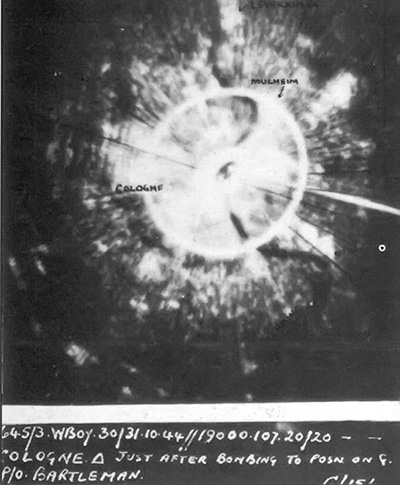Thumpalumpacus
Lieutenant Colonel
I beleive Shinpachi said Rabaul.
Thanks, it was a long day yesterday and I apparently glossed over that. Apologies to all.
Follow along with the video below to see how to install our site as a web app on your home screen.
Note: This feature may not be available in some browsers.
Ad: This forum contains affiliate links to products on Amazon and eBay. More information in Terms and rules
I beleive Shinpachi said Rabaul.
"No Allowance Shooting"
Nice! Where is it?
There were a number of devices tried and tested.Wasn't the counter to being attacked from below Fishpond?
The wireless operator could detect aircraft below and instruct the pilot to change course. If the spot followed you, you knew it was likely unfriendly.
No guarantee of escape, but at least you knew what was coming...


Quite interesting, never knew about oblique gun in a ZeroHi, gentlemen, time ago I've found an interesting pic on the web, Zero with schräge musik. My humble contribution.View attachment 822045